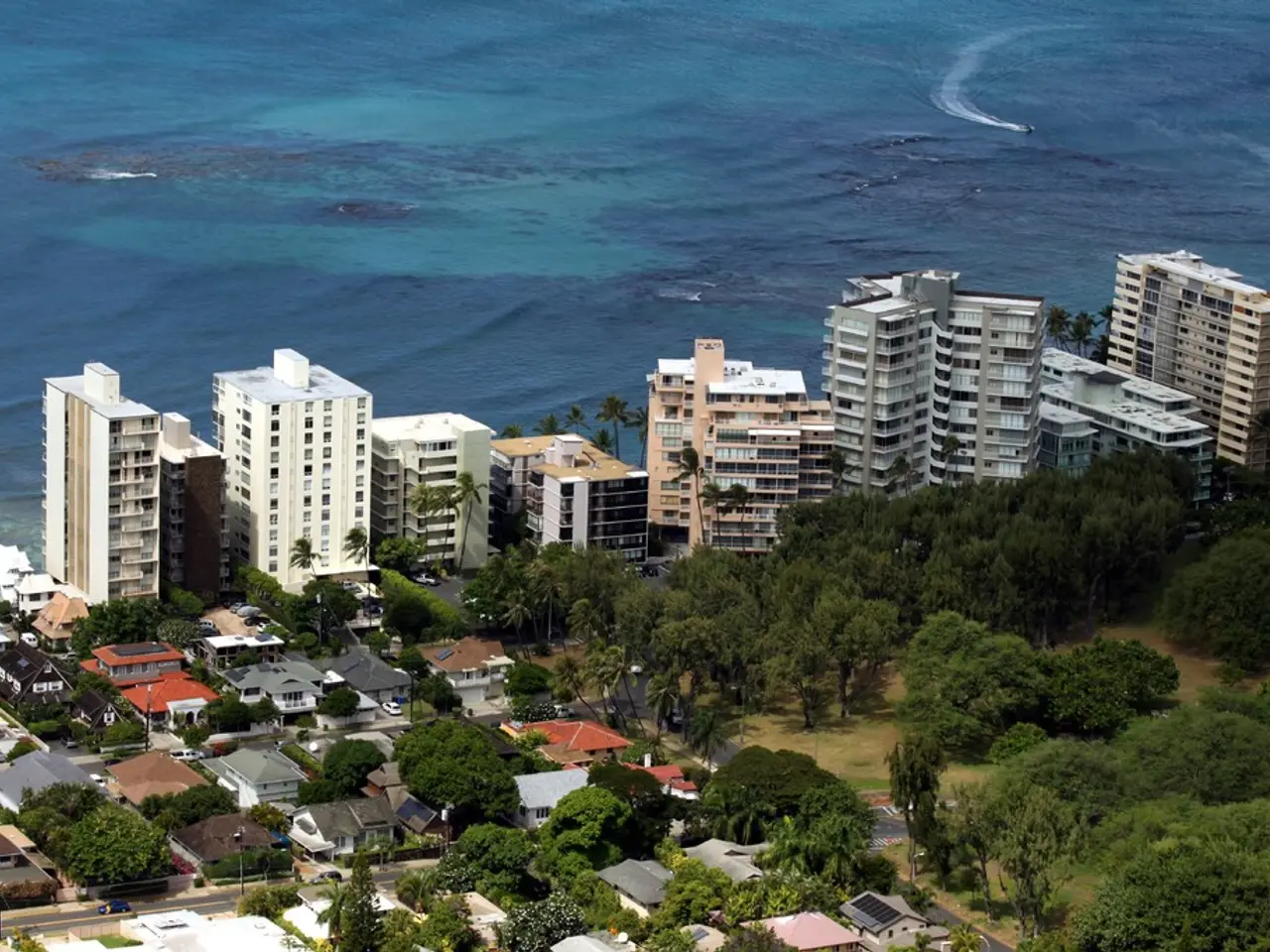Capital Market Innovation: The Impact of Blue Bonds in the Financial Sector
The blue bond market is expected to experience significant growth in the coming years, with the blue economy projected to double in size to U.S.$3 trillion by 2030 and create 40 million jobs. These bonds are instrumental in funding large-scale infrastructure projects related to the blue environment, such as maritime transportation, marine renewable energy, and sustainable fisheries management.
The Blue Bond Process
Issuing a blue bond is a meticulous process that involves several key steps. First, projects that support the sustainable use and conservation of marine and ocean resources are identified and selected, ensuring alignment with blue economy objectives. The bond is then structured with clear objectives, specifying how proceeds will be used, defining eligibility criteria for projects, and integrating environmental and social safeguards.
Stakeholder engagement is crucial in this process, with technical coordinators, financial arrangers, and relevant government or institutional partners collaborating to structure and market the bond. Once issued, the proceeds are used exclusively for eligible blue projects, and transparent reporting and monitoring frameworks are established to track the use of funds and environmental outcomes. Regular reporting on environmental impact and financial performance is essential to maintain accountability and demonstrate impact.
Suitable Projects for Blue Bond Funding
Blue bonds are typically directed at projects that conserve ocean health, promote sustainable fisheries, and build climate resilience in coastal zones. Suitable projects may include ocean conservation initiatives, such as marine protected areas, habitat restoration, and biodiversity preservation. Sustainable fisheries projects promoting responsible fishing methods and resource management are also eligible.
Climate-resilient coastal infrastructure investments that reduce the vulnerability of coastal communities to climate change impacts are another focus area. Pollution reduction efforts, including reducing ocean plastic, chemical pollution, and improving water quality, are also eligible. Renewable marine energy projects, such as the development of sustainable ocean-based energy sources, are also suitable for blue bond funding.
Addressing Greenwashing Concerns and Financing SDG 14
Despite the potential benefits, there are concerns over greenwashing in the issuance of blue bonds. To address these concerns, practical guides, such as the Blue Bond Playbook by DealHQ Partners, target African nations and institutions for capital raising. The UN Global Compact, International Finance Corporation, and the World Economic Forum have also published guides on issuing blue bonds and tracking funds for sustainable outcomes for the ocean.
Blue bonds are seen as a way of addressing the underfunding of SDG 14 (life below water). T. Rowe Price views the blue bond market as poised for growth, with the potential to provide economic, social, and environmental benefits to all stakeholders.
Innovative Financing for a Sustainable Future
One innovative financing structure for blue bonds is the debt-for-nature swap, where a developing country's external debt is forgiven or reduced in exchange for local environmental conservation measures. This structure has been utilized by several countries, including Seychelles, Indonesia, Colombia, Gabon, Belize, and Barbados, to finance blue projects.
In summary, the blue bond market presents a significant opportunity for funding projects that contribute to the sustainable development of our oceans and coastal zones. Through structured coordination, transparent impact reporting, and funding directed at eligible projects, blue bonds can help address the underfunding of SDG 14 and contribute to a more sustainable future for all.
- As the blue bond market continues to grow, aligning with the expected significant expansion of the blue economy, businesses engaged in technology development for marine renewable energy, sustainable fisheries management, and maritime transportation may find investing in such projects attractive for both financial returns and societal impact.
- To encourage climate-friendly investments that contribute to the achievement of SDG 14 (life below water), technology companies specializing in ocean conservation, marine pollution reduction, and sustainable ocean-based energy could explore partnering with issuers of blue bonds to fund innovative projects and help alleviate concern over underfunding within this crucial sector.




